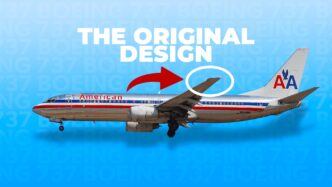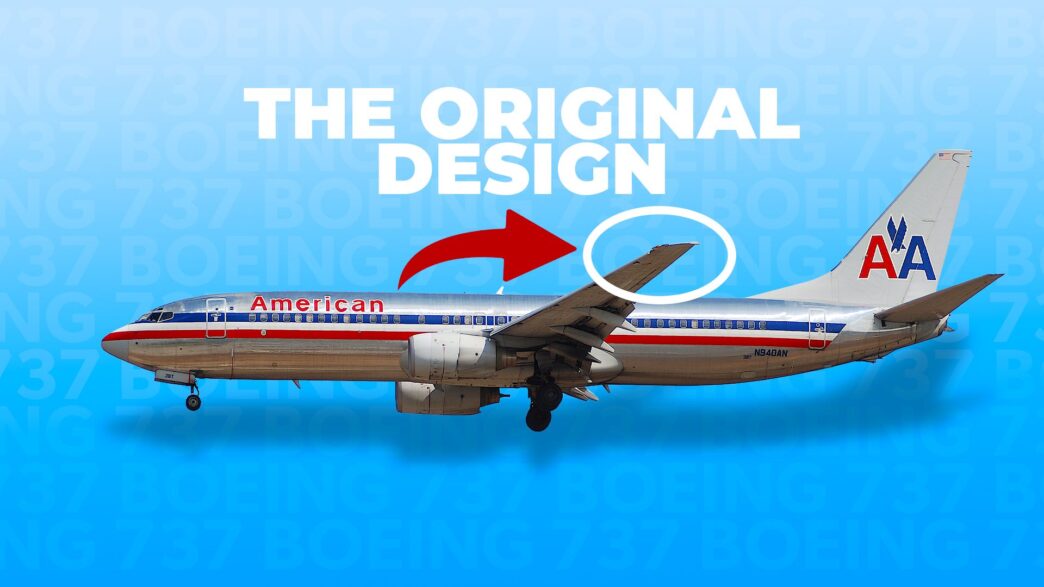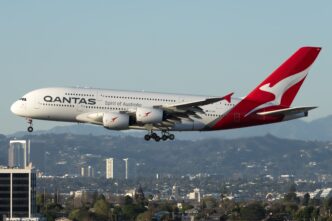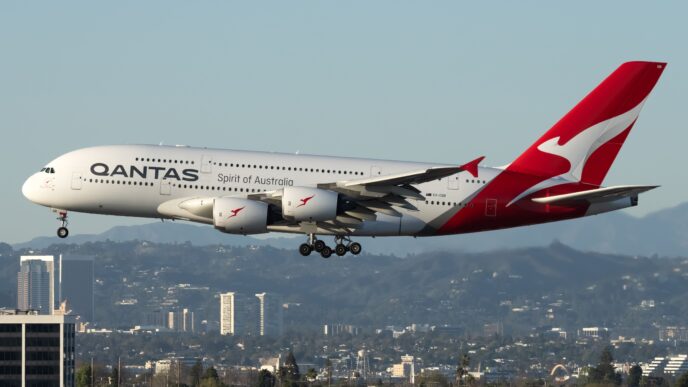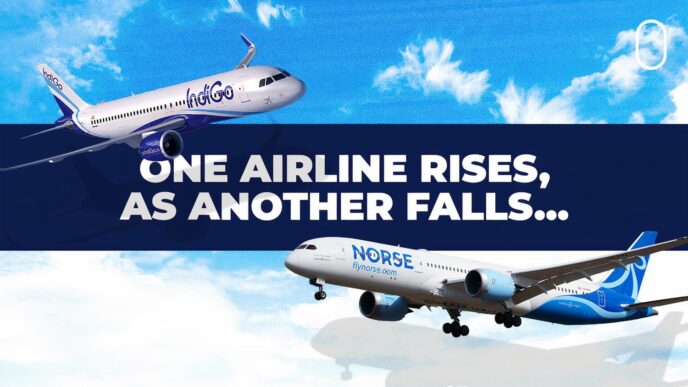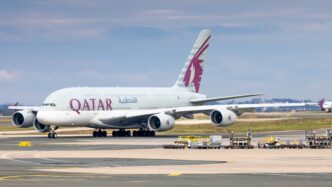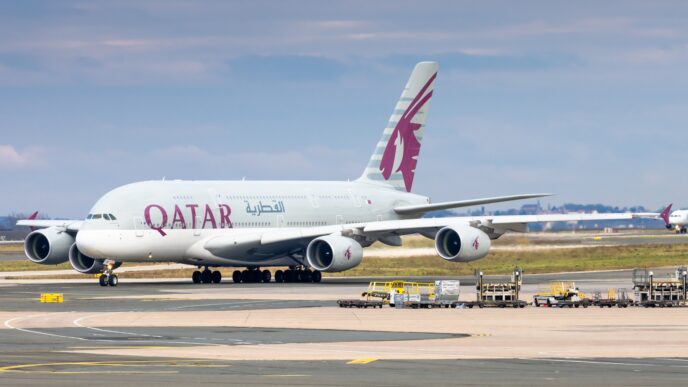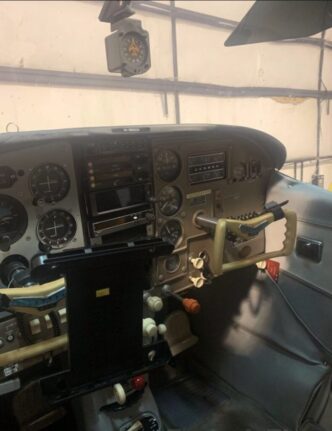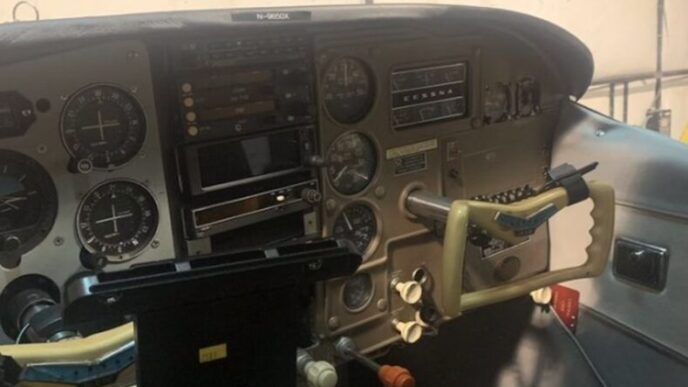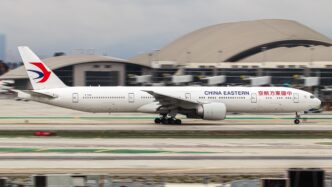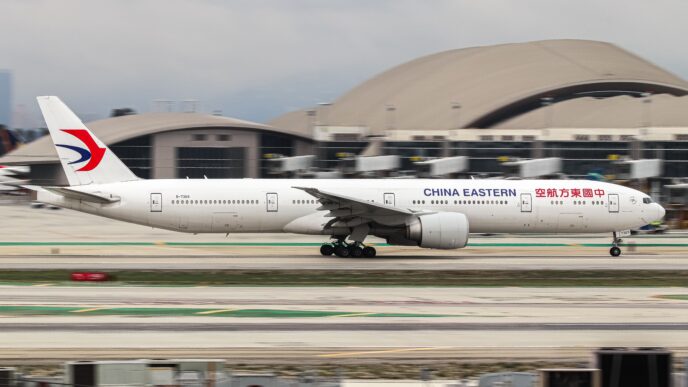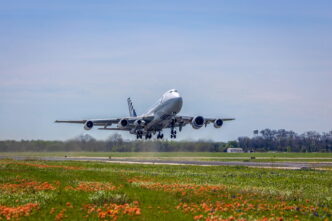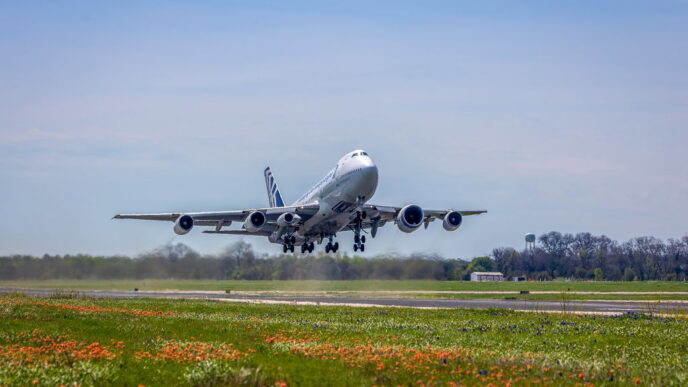Winglets are those nifty little additions you see at the tips of an aircraft’s wings, and they’ve become a staple for modern commercial planes. Why? Because they work wonders for efficiency by cutting down on drag while keeping lift steady, which can lead to a 2-5% reduction in fuel consumption. But here’s a fun fact: not every Boeing 737 sports these aerodynamic marvels. Even some of the newer Next Generation models fly without them. Why? Well, winglets were an optional feature, and some airlines decided to skip them to save on weight and costs. Pilots have a charming nickname for these winglet-less planes: ‘straight-wingers.’
So, why do some 737s go without winglets? The majority of 737s either come with winglets or have them added later. According to B737.org.uk, about 85% of 737s are equipped with them. This makes ‘straight-wingers’ a rare find for aviation enthusiasts. Whether a 737 has winglets often depends on its specific model and whether the airline opted for an aftermarket installation. For instance, older models like the -100 and -200 don’t have winglet options, while newer ones like the MAX series come with them as standard.
Spotting a 737 without winglets is becoming increasingly rare, as more airlines recognize the benefits of these devices. However, for those who love a bit of nostalgia or simply enjoy the unique look of a ‘straight-winger,’ there are still a few out there. As aviation technology continues to evolve, winglets are likely to remain a key feature in enhancing aircraft performance. So next time you’re at the airport, keep an eye out for these quirky jets—they’re a testament to the diverse world of aviation design.
#AviationEnthusiast #Boeing737 #Winglets #PlaneSpotting #AviationInnovation
Originally reported by Simple Flying Read More
